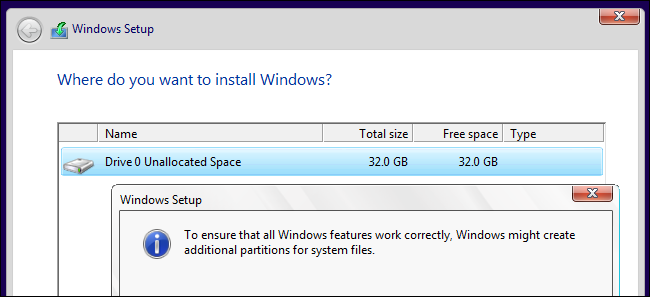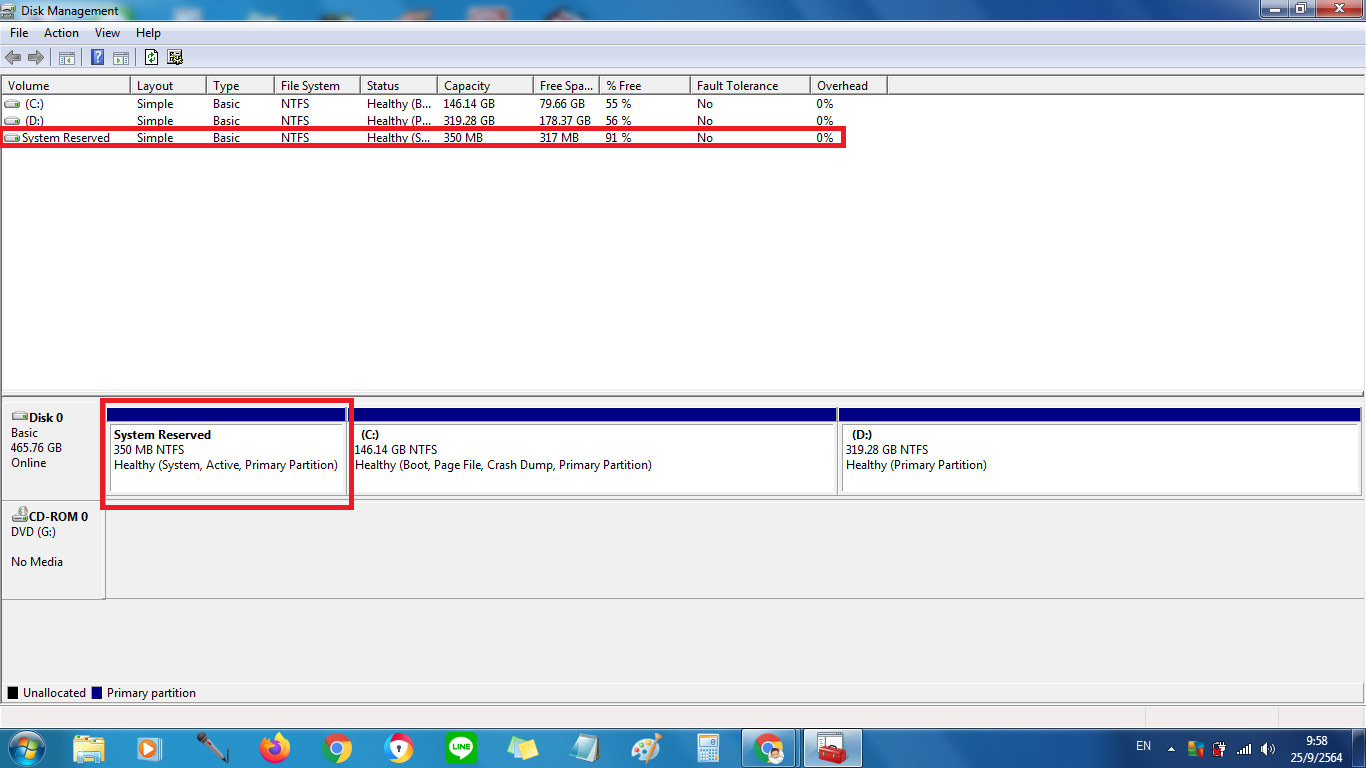
If you decide to go with Testdisk post back and I can give further instructions.Įdit: I would first test the drive as DavisMcCarn suggested.Įdited by JohnC_21, 07 June 2016 - 04:29 PM.In order to minimize slow hard drive performance, Windows 10 (and so Windows 8.1, Windows 7, and previous versions), includes a built-in tool to defragment all fragmented files and help your PC stay at top speeds. If Partition Wizard does not detect your partitions using Quick Search or you cannot see your files by double clicking the partitions found exit out of Partition Wizard. If it detects your partitions and lists your files then you can easily copy them to your internal drive. You do not need to write anything using TestDisk. You would be better using TestDisk which has a better chance of partition recovery using Deeper Search. If Quick Search finds nothing do not do a Full Search. It would be best to post a screen shot of Partition Wizard after the Quick Search first before doing a recovery. If you see your files then place a check mark next to each partition. Minitools Partition Wizard has a Partition Recovery Wizard that can repair the partition table.

I've attached some photos of the menus that I see. I believe that the old desktop was running Windows 7, if that matters. Can anyone advise me on how to get into the rest of the drive without endangering any of the files on it? But it's extremely frustrating that it is all that shows up. I get that "system reserved" is a partition that is intended to hold vital boot-up code or whatever. And yet when I look at the drive's properties, it supposedly has 99MB total space with 78MB used and 21MB free. It's a 2TB drive (Seagate Barracuda LP), and IIRC, it has at least 500GB of my files on it, including irreplaceable photos of my wife over the past 6 years. (I had already done this successfully with a couple of other old HDDs.) Unfortunately, the drive now only reads as E: "system reserved". Today, I finally plugged the old HDD into a Unitek USB3 to SATA converter, and plugged that into the USB port on my laptop, hoping to be able to access and transfer the files.


She died last month and I haven't had a chance to do anything with the old HDD until now. In the interim, my wife was diagnosed with stage-IV cancer, was in and out of the hospital, and I became her full-time caregiver. I pulled out the HDD, trashed the tower, and switched over to using my laptop. About 8 months ago, the motherboard on my desktop developed problems and failed.


 0 kommentar(er)
0 kommentar(er)
